Life in Tennessee
Towards the end of the 1800s Tennesseans had to adapt their ways of life in order to meet the demands of a rapidly changing society.
Agriculture remained the leading producer of wealth for the state until 1890, when the state became increasingly industrialized as commercial enterprises such as iron and lumber manufacturing expanded. Workers laboring in these industries were often paid low wages and did not have many laws protecting their rights such as those regulating job safety or compensation for work related injuries.
New technologies also influenced the everyday experiences of Tennesseans. Leisurely activities could include viewing a film at the new movie theatre, enjoying a ride at the local fair, or simply listening to a radio program.
By the 1920s a new mode of transportation, the automobile, was becoming increasingly popular in the South and had already begun to replace the use of horses and carriages in cities statewide. The number of well-maintained roads in the state grew as well and encouraged the use of this faster type of transportation. Railroad construction also expanded and greatly increased the efficiency of transporting people and goods throughout the state.
Advances in medicine and sanitation along with educational health and physician’s training programs helped to lengthen the life expectancy and improve the general wellbeing of many Tennesseans. Public utilities such as electricity, streetcars, and water and sewage systems also helped to improve urban and suburban living for many of the state’s residents.
Moreover, the lives of Tennesseans were made better through the numerous social reforms of the era. Changes in women’s rights, public education, and even the treatment of convicts helped to make Tennessee society a more equitable place to live for its residents.
Picture Credits:
- A photograph of part of a parade held in 1923 in Paris, Tennessee, to celebrate the city's centennial. Paris was established as the county seat in September 1823, making it the oldest West Tennessee incorporated town. In this photograph, people are posing on wagons used in the parade. Tennessee Sate Library and Archives
- Photograph showing Christmas decorations. This photo was taken in January 1922 in East Tennessee. It shows a small child holding a baby doll. A Christmas tree and numerous toys are also shown in the background. C. M. McClung Historical Collection, Knox County Public Library, N-0349
- Photograph of a barnstorming show. Barnstorming was an early form of daredevil stunt flying. This photo was taken in Sevierville or Pigeon Forge, Tennessee in the 1920s. It shows dozens of people surrounding airplanes in an open field. C. M. McClung Historical Collection, Knox County Public Library, N-0002
- Photograph showing a band in formation.This photo was taken in 1922 at the University of Tennessee in Knoxville. It shows band members standing in a field with their musical instruments. Houses are shown in the background, while the band leader is featured in the forefront. C. M. McClung Historical Collection, Knox County Public Library, N-0346 A2
- Photograph of the All Students Club Council. This photo was taken in 1922 at the University of Tennessee in Knoxville. It shows two female and eight male students standing outside of a building. C. M. McClung Historical Collection, Knox County Public Library, N-0416
- Photograph showing a group of four women boating on the Tennessee River. This photo was takein in 1905 in East Tennessee. It shows two of the women steering the small boat with oars, while two other women ride. Houses can also be seen in the background. C. M. McClung Historical Collection, Knox County Public Library, 200-020-001
- Photograph of Neubert Springs. This photo was taken in 1907 in Knox County. It shows three men and three women sitting on a log. The women are wearing handkerchiefs on their heads. C. M. McClung Historical Collection, Knox County Public Library, 200-020-020
- Photograph of a street car. This photo was taken on Gay Street in Knoxville in the 1920s. It shows men getting on and off at a stop. Numerous buildings, people, automobiles, and electric lines are shown in the background. C. M. McClung Historical Collection, Knox County Public Library, N-0052 A1
- Photograph showing quilters. It shows eight women holding a quilt outdoors. Tennessee State Museum Collection, 2000.80.7.1
- Photograph of President Benjamin Harrison. This photo shows Harrison at a railway stop giving a speech at Johnson City, Tennessee in 1891. Hundreds of people are shown surrounding the decorated podium. Johnsons Depot
Confronting the Modern Era >> Life in Tennessee >>
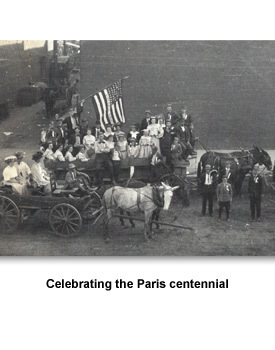
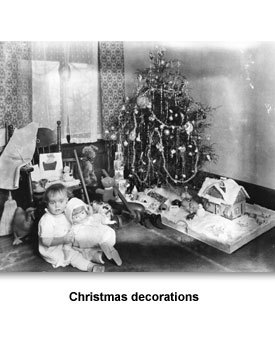
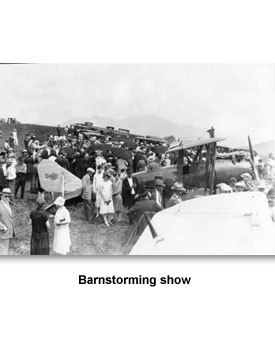
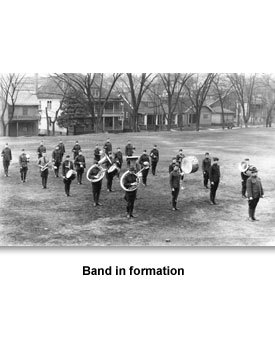
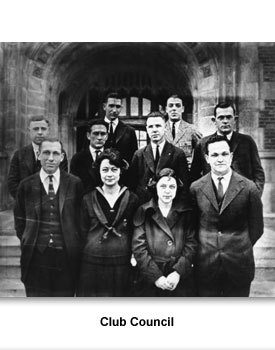
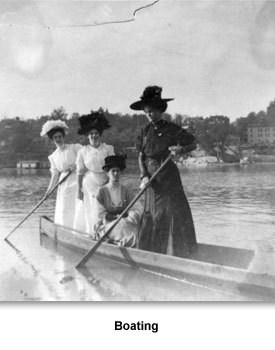
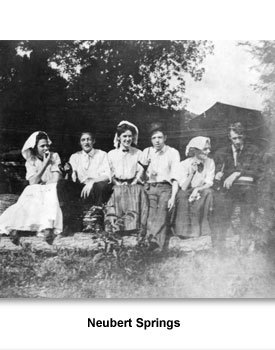
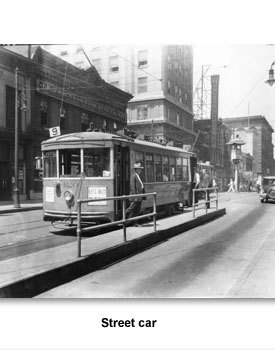
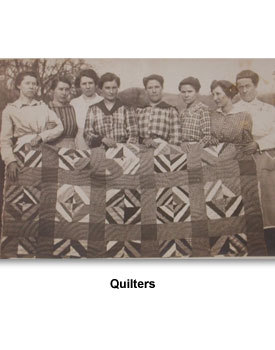

 Sponsored by: National Endowment for the Humanities
Sponsored by: National Endowment for the Humanities